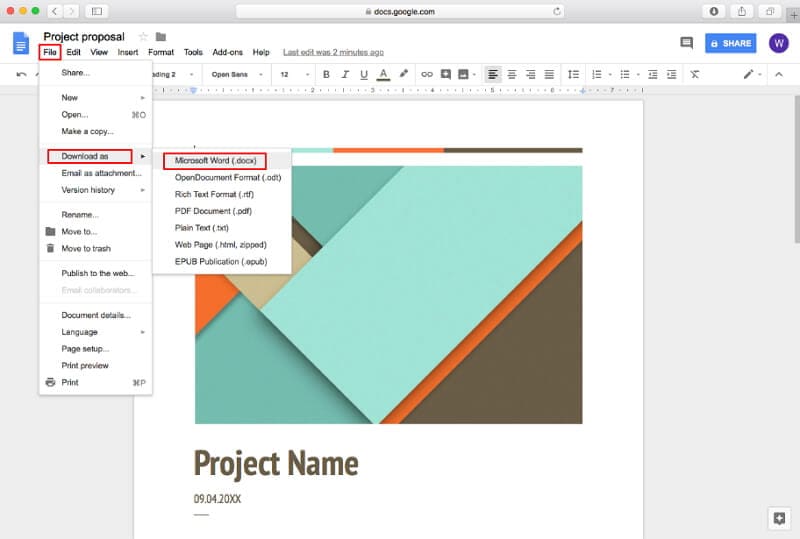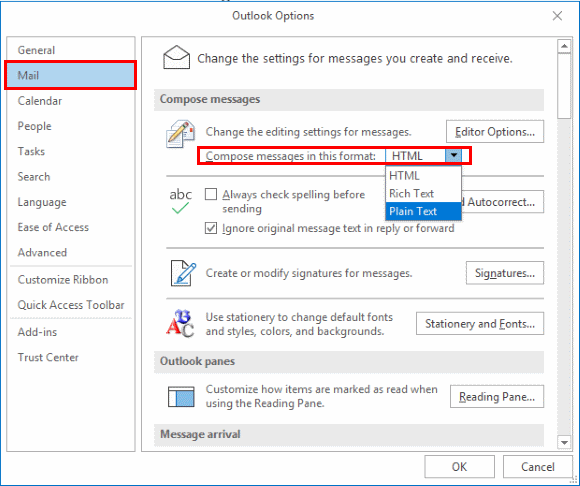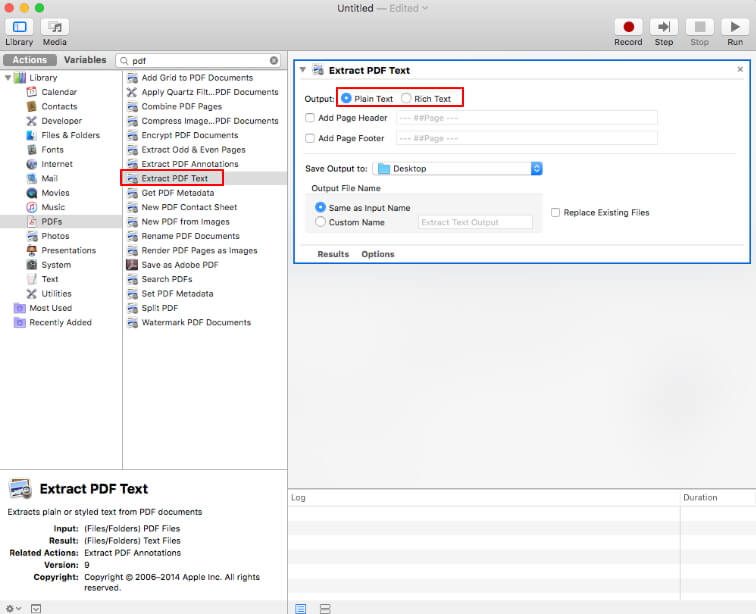Run the command assoc.rtf to see the file type, which should be.rtf=Word.RTF.8 which confirms the file type (Word.RTF.8). Then the command ftype word.rtf.8 to see what program and parameters are linked to that file type. Most likely something like: word.rtf.8='C: Program Files Microsoft Office Root Office16 WINWORD.EXE' /n '%1' /o '%u' Which. Word Counter for Mac, free and safe download. Word Counter latest version: Count words and characters. Word Counter is a useful, free program only ava. I chose Microsoft Word for Mac when I switched to a MacBook Pro some years ago. As a writer, I have a very large number of Word files, but with Microsoft moving to an annual subscription model. Apr 05, 2021 Mail is likely the default email app on your Mac, but just in case you have others downloaded, you can set the default reader. Here's how: Launch Mail from your dock or the Finder. Click Mail in the menu bar at the top of the screen. Click Preferences. Click the drop down next to Default Mail Reader. Click the app you'd like to set as the default. With Word for Mac, you can save files in many fornats, This table shows the formats that Word for Mac supports.
 -->
-->There are settings in Outlook, Outlook on the web, and Exchange Online that control the format of email messages and how they are sent to people on other domains. The default settings work in most cases. If specific recipients have trouble reading messages sent from your organization, you can adjust the settings for individual users, or for all users on a specific domain. For example, you can prevent recipients from receiving a winmail.dat attachment.
There are two types of settings you can use:
Set Microsoft Word As Default For Rtf On Mac Free

Message format: When a user creates a message, they can choose the message format in which to author the message. In Outlook, they have a choice between plain text, HTML, and rich-text format. In Outlook on the web (formerly known as Outlook Web App) they have a choice between plain text and HTML.
Message transmission: This means how the message is actually sent to the other email system. Exchange can send messages to other domains by using Multipurpose Internet Mail Extensions (MIME) or Transport Neutral Encapsulation Format (TNEF). All three message formats can be sent using TNEF. Only HTML and plain text can be sent using MIME. Message transmission format can be set by an admin per domain or per recipient, and users can also specify message transmission format.
Message formats
The following list describes the three message formats available in Exchange Online, and shows which ones are available in Outlook and Outlook on the web:
| Format | Description | Available in Outlook | Available in Outlook on the web |
|---|---|---|---|
| Plain text | A plain text message uses only US-ASCII text as described in RFC 2822. The message can't contain different fonts or other text formatting. | Yes | Yes |
| HTML | An HTML message supports text formatting, background images, tables, bullet points, and other graphical elements. | Yes | Yes |
| Rich text format (RTF) | RTF supports text formatting and other graphical elements. Only Outlook, Outlook on the web, and a few other MAPI email clients understand RTF messages. | Yes | Can read messages formatted in RTF, but can't format or send this format |
Message transmission formats for mail sent to external recipients
The following table describes the message transmission formats that Exchange Online uses to send email messages to external recipients.
| Transmission format | Description |
|---|---|
| Transport Neutral Encapsulation Format (TNEF) | TNEF is a Microsoft-specific format for transmitting formatted email messages. A TNEF message contains a plain text version of the message and an attachment that packages the original formatted version of the message. Typically, this attachment is named Winmail.dat. The Winmail.dat attachment includes formatting, attachments, and Outlook-specific features such as meeting requests. An email client that fully understands TNEF, such as Outlook, processes the Winmail.dat attachment and displays the original message content without ever displaying the Winmail.dat attachment. An email client that doesn't understand TNEF may present a TNEF message in any of the following ways: The plain text version of the message is displayed, and the message contains an attachment named Winmail.dat, Win.dat, or some other generic name such as Att_nnnnn_.dat or Att_nnnnn_.eml where the nnnnn placeholder represents a random number. The plain text version of the message is displayed. The TNEF attachment is ignored or removed. The result is a plain text message. There are third-party utilities that can help convert Winmail.dat attachments. |
| Multipurpose Internet Mail Extensions (MIME) | MIME is an internet standard that supports text in character sets other than ASCII, non-text attachments, message bodies with multiple parts, and header information in non-ASCII character sets. |

Message format and transmission settings
Admins and users can control message formatting and transmission. Admin settings override user settings.
Admins can control the following settings:

Remote domain settings: Remote domain settings control the format of messages sent to people on the remote domain. You can control the format for a specific external domain, or for all external domains. For more information about remote domains, see Remote domains in Exchange Online. The remote domain settings override the per-user settings set by admins or users.
Mail user and mail contact settings: You can change settings for individual recipients by changing settings for specific mail users or mail contacts. Mail users and mail contacts are similar because both have external email addresses and contain information about people outside the Exchange Online organization. The main difference is mail users have user IDs that can be used to sign in to the Exchange Online organization. When an admin changes a per-recipient setting, it overrides settings that a user sets for that recipient. For more information about the admin settings, see Manage mail users and Manage mail contacts.
Users can control the following settings:

Outlook settings: In Outlook, you can set the message formatting and encoding options described in the following list:
Message format: You can set the default message format for all messages. You can override the default message format as you compose a specific message.
Internet message format: You can control whether TNEF messages are sent to remote recipients or whether they are first converted to a more compatible format. You can also specify various message encoding options for messages sent to remote recipients. These settings don't apply to messages sent to recipients in the Exchange Online organization.
Internet recipient message format: You can control whether TNEF messages are sent to specific recipients or whether they are first converted to a more compatible format. You can set the options for specific contacts in your Contacts folder, and you can override these options for a specific recipient in the To, Cc, or Bcc fields as you compose a message. These options aren't available for recipients in the Exchange Online organization.
Internet recipient message encoding options: You can control the MIME or plain text encoding options for specific contacts in your Contacts folder, and you can override these options for a specific recipient in the To, Cc, or Bcc fields as you compose a message. These options aren't available for recipients in the Exchange Online organization.
International options: You can control the character sets used in messages.
For more information about Outlook settings, see Change the message format in Outlook.
Outlook on the web settings: You can set the default message format for all messages. You can override the default message format as you compose a specific message.
We’ve all used TextEdit before and though it’s a nice text editor in its own right, almost every one of us prefers to use other software, including the ever-popular Microsoft Word, Apple’s own Pages, and NeoOffice. It’s under appreciated, which is why numerous Mac users are looking for ways to change their default text editors.
Although you can always choose to open your text documents by right-clicking and picking the Open With option, there are people who want to save up fingertip stamina by merely double-clicking the selected text files. Fortunately, there are several ways you can change the default text editor on a Mac.
Using Get Info
Let’s say you have a document you’re editing for the long-term and it will stay for days on one of your folders. Given that when you open it, the Mac’s default settings will always lead to it opening on TextEdit. To change this, one of the ways to do this is to resort to change the default text editor by accessing the Get Info menu. Here’s how to do it:
- First, right-click on the document and a drop down menu will appear.
- Select Get Info.
- After the menu appears there’s a drop down box labeled Open with. Select your preferred text editor from the list. Note that the drop down box may not hold certain word processing programs currently installed on your computer.
You can also use this method to set particular file extensions to open at a program of your choosing.
Set Microsoft Word As Default For Rtf On Mac Computer
To do this, simply follow these steps:
- First, right click on the selected file.
- Open the Get Info option.
- Instead of choosing a program from the drop down box, click on Other.
- Pick a program from Finder and once you picked the appropriate one, select it.
- Below the drop down box, a Change All button will appear.
- Click on the said button and a dialogue box – as shown in the picture above – will appear. Click on Continue to open all files with a .docx extension.
You can repeat this for other file types as necessary, particularly on RTF, doc, and txt.
Using the Terminal
Although the above mentioned method is the easiest way you can change your default text editors, you can go take the long way out by using the Mac’s Terminal. Simply go over this Stack Exchange thread to get a clear idea on how to do it.
However, we really don’t recommend using the Terminal for this, given that it’s utterly complicated and you might make a mistake in editing your configuration files. It’s also pretty technical and anyone without proper programming experience would not understand how to do all of it.
Although TextEdit is undoubtedly useful (but only for limited functions), its not a go-to solution for all your word processing tasks. There are several other apps and programs, like MS Word, Open Office, and Sublime Text 2 that can cater to your work-related needs.
Set Microsoft Word As Default For Rtf On Mac Free
To save precious seconds, simply follow the above mentioned procedures and you will find yourself able to open your preferred word processors with a couple of clicks.